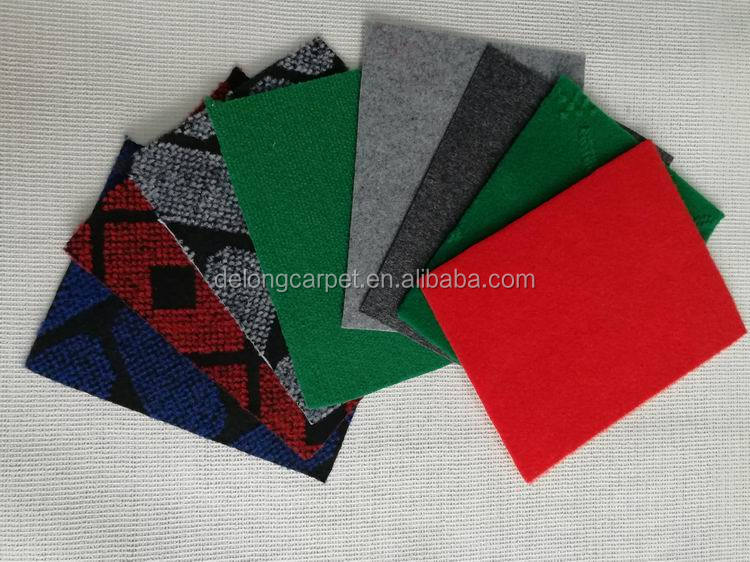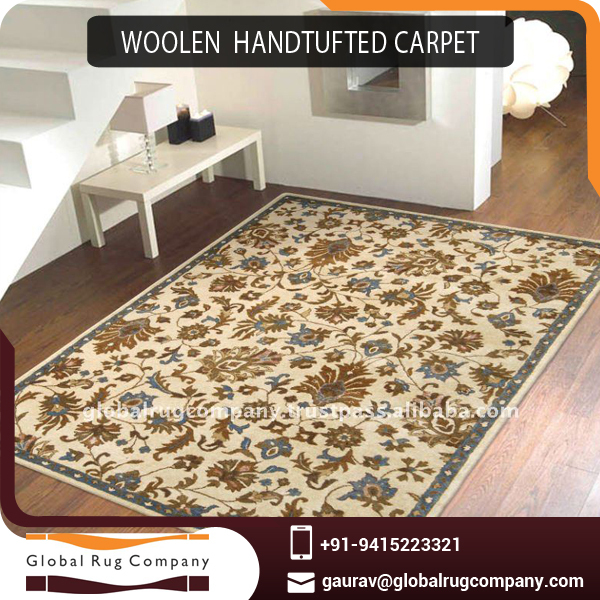Is There formaldehyde in Carpets?
Carpets are often treated with formaldehyde-based adhesives during manufacturing to ensure their durability and resistance to stains and odors. However, the formaldehyde in these adhesives can be harmful to people's health if not fully cured, causing irritation of the eyes, nose, and throat, as well as headaches and nausea. Therefore, it is essential to choose a carpet with a low formaldehyde content and ensure its full curing before use. Additionally, regular cleaning and maintenance of the carpet can also reduce the risk of formaldehyde exposure.
Carpets are often regarded as a comfortable and stylish addition to any home, providing both warmth and aesthetic appeal. However, with the increasing concern for environmental safety and health, many people are starting to question the safety of common household items, including carpets. One such concern is the presence of formaldehyde in carpets.
Formaldehyde is a colorless, strong-smelling chemical that is often used in the production of adhesives, building materials, and consumer products. It is a known irritant and allergen, and long-term exposure to formaldehyde has been linked to various health problems, including nasal and throat irritation, allergic reactions, and even cancer.

Carpet manufacturers use formaldehyde-based adhesives to bond the fibers and backing material together. While some manufacturers may use low-emission adhesives or claim to have reduced formaldehyde content, the potential for formaldehyde release still remains a concern. New carpets, in particular, can emit formaldehyde gas, which can be inhaled or absorbed through the skin.
Although the risk of formaldehyde exposure from carpets is believed to be low for most people, those with respiratory conditions or sensitivities may be at greater risk. Additionally, young children and pets, who spend more time on the floor, may also be more susceptible to the effects of formaldehyde.

To reduce the risk of formaldehyde exposure, consumers can take several steps. Firstly, choose carpets made from natural fibers such as wool or cotton, which are less likely to contain formaldehyde. Secondly, look for carpets that are certified as low-emission or formaldehyde-free. Thirdly, allow new carpets to air out before installation, which can reduce the level of formaldehyde emissions. Finally, consider having your home professionally ventilated after carpet installation to further reduce the risk of formaldehyde exposure.
In conclusion, while the risk of formaldehyde exposure from carpets is low for most people, it is important to be aware of the potential health hazards. Taking certain precautions during and after carpet installation can help reduce the risk of exposure to formaldehyde, ensuring the safety of you and your family.

Articles related to the knowledge points of this article:
Title: The Significance of a Gift Envelope for Men
Unleashing the Power of theLazy Tie: Revolutionizing the Way We Dress for Success
Title: Embellishing Grooms Attire: A Glimpse into the World of Sharp-Tailored Suits and Tidy Ties
Title: Understanding the Price Range of Boss Ties: A Comprehensive Guide



